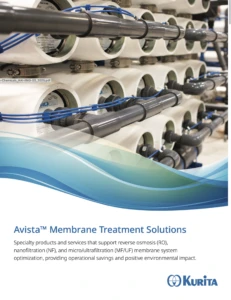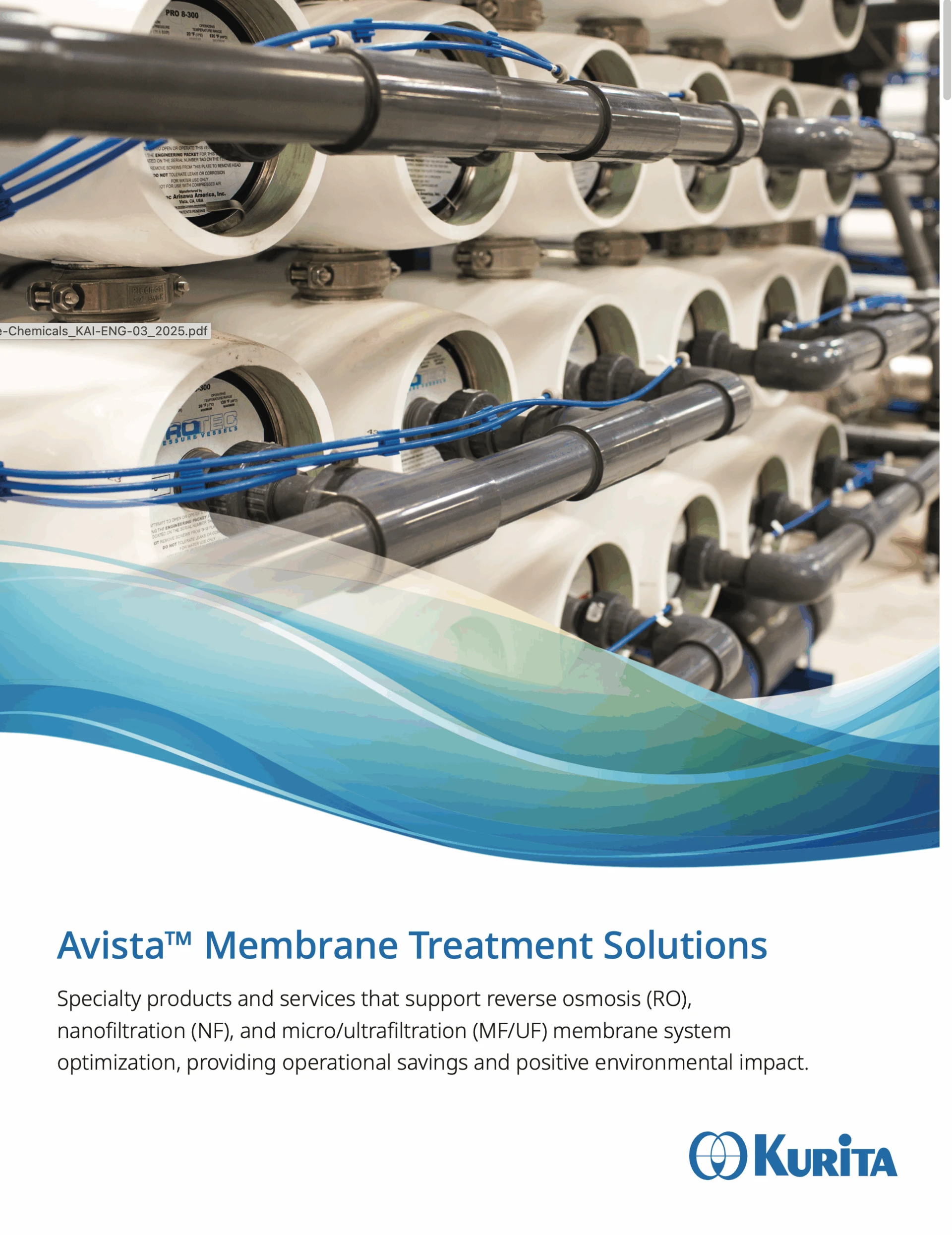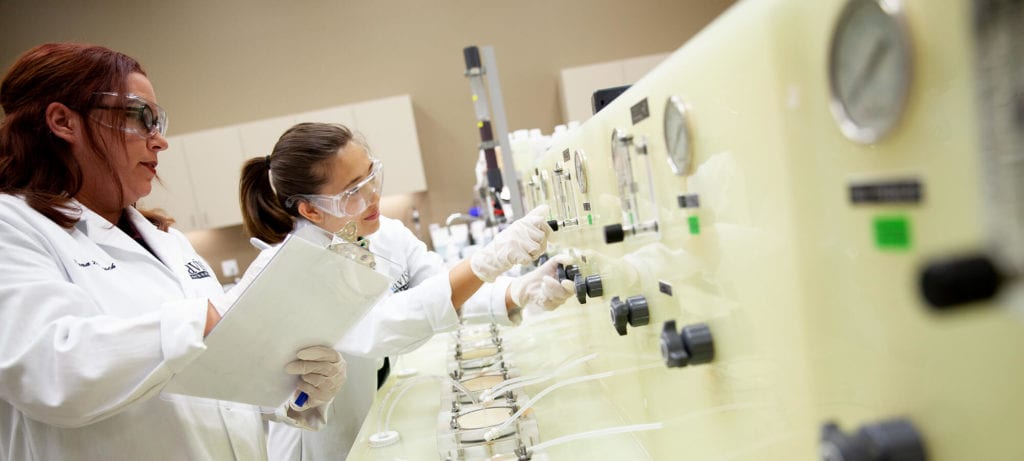Biocides
Our biocides may be applied intermittently, via continuous injection, or as a periodic addition to your clean-in-place (CIP) system.
Avista Membrane Chemicals Brochure
Download Avista Membrane Chemicals Brochure
All products are color coded for easy identification:
GLOBAL PRODUCTS
REGIONAL PRODUCTS
Biocide|Regional|RoCide
KURIVERTER IK-110
Kuriverter® IK-110 is a highly effective slime control agent which provides excellent biofilm removal and control in membrane systems. Kuriverter IK-110 has an excellent slime removing and dispersing effect.
VIEW SPECS
Biocide|Regional|RoCide
BIOTROL 103CF
BIOTROL 103CF is a microbicide consisting of a 1.5% blend of CMIT and MIT Isothiazolinones.
VIEW SPECS
Biocide|Regional|RoCide
BIOTROL 536
BIOTROL 536 is a 20% solution of 2,2-dibromo-3-nitrilopropionamide (DBNPA) microbiocide for industrial water treatment applications.
VIEW SPECS



